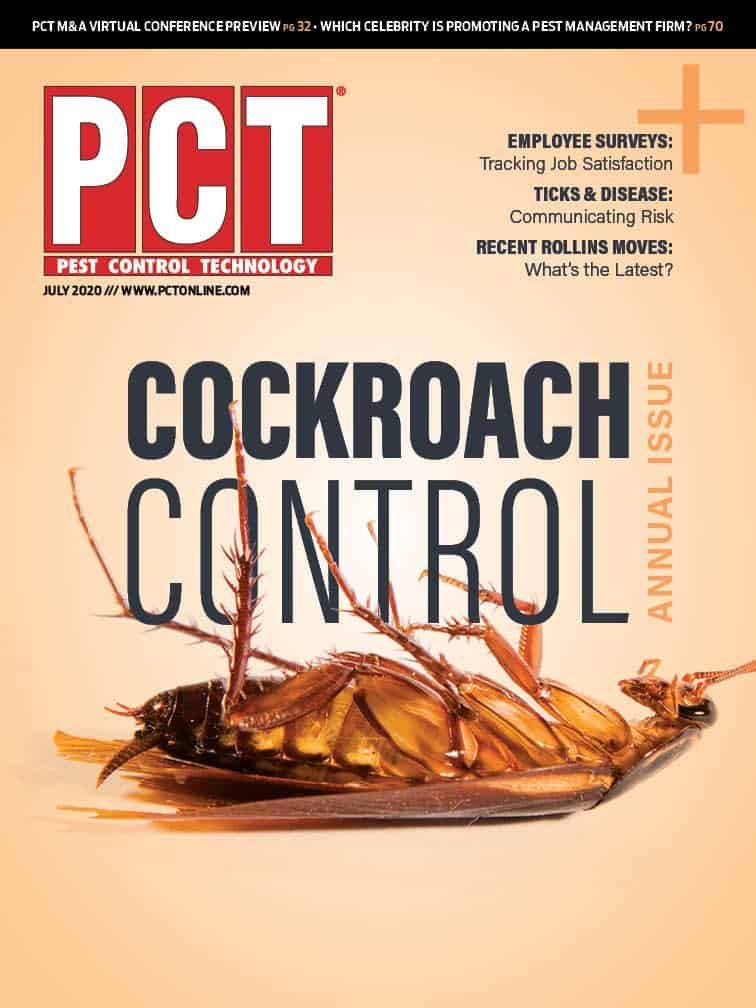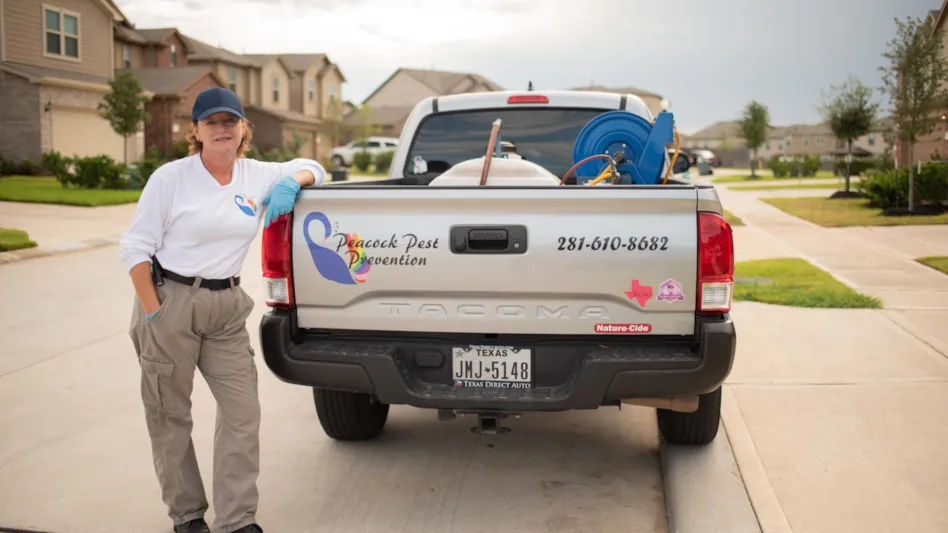

Pest control operators typically look to the weather when predicting what flea season might look like in their markets. But this year, other conditions may enter into that forecast as well — namely, the changing household dynamics resulting from the coronavirus pandemic. As more people work from home, their changing behaviors may have an impact.
“Dogs whose owners are home all day are probably spending more time outside now,” says Jeff King of The Pest Rangers in Wilkes-Barre, Pa. “Traditionally, people have let their dogs out once before they go to work and then again when they get home, but now many have the ability to put them out more frequently. That means more opportunities for their pets to pick up fleas and bring them into the house.”
According to the PCT 2020 State of the Flea Market report, about a fifth of PMPs, 21 percent, expect to see a flea outbreak due to COVID-19 closures; another 42 percent are unsure about the effect the stay-at-home lifestyle will have on their business. Fortunately, only 11 percent expect the pandemic to have a significant negative impact on their businesses.
Weather Continues to Play a Leading Role
In some markets, the weather will help increase flea pressure, as these pests tend to flourish in the kind of hot, humid weather much of the nation will experience this summer. King says he expects to see the heaviest activity beginning in early August in Pennsylvania; Conrad Carpenter of Exterm-Tek Pest Control in Charleston, W.Va., said in June that fleas had made an early appearance there. “It has been extremely wet here this spring, so termite pressure is crazy; we expect to see similar activity levels with fleas,” he said. On the other side of the spectrum, Keith Birkemeyer of ProBest Pest Management says he never encounters fleas in his market due to the super low humidity of Phoenix.
Meanwhile, many markets in the southern and southeastern states see flea infestations year-round, or nearly year-round. “Our flea work has been a little slower than normal this spring, but we expect it to pick up as the rainy part of the season (approaches),” says Wade Wilson of Turner Pest Control in Jacksonville, Fla. “Aside from January and February, when we get some freezing temperatures, we generally see steady demand throughout the year. We expect it to pick up now through fall.”
In his Southern Oklahoma market, Chad Highley, ACE, of Environmental Pest Control is seeing a surge of fleas. “Since about mid-May, we’ve seen a real uptick in the number of flea infestations — some of them intense,” he says. “We get one or two calls over the winter, then all of a sudden, like someone flipped a switch, calls start pouring in. In this market, that’s in large part because of rodent populations. When the rodents start moving, our flea business explodes.”


Explore the July 2020 Issue
Check out more from this issue and find you next story to read.
Latest from Pest Control Technology
- PCO Follows the Carpenter Bee Clues
- Bird Control Can Be Lucrative, But it’s Not for Every Company, PCOs Report
- Gerry Wegner on the New PCT Field Guide to Stinging and Biting Arthropods
- PCO Bookkeepers & M&A Specialists Recognize Pinnacle Performance Award Winners
- Ground Control
- Scientists, PMPs Collaborating to Map Termite Distribution in Southern U.S.
- Viking Pest Control Organizes a Charity Bike Build for Local Families
- Gaining Control of Structure-Infesting Carpenter Ants





